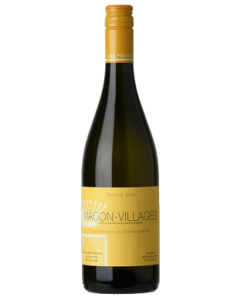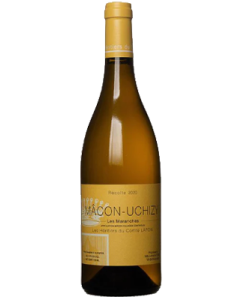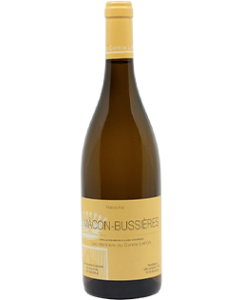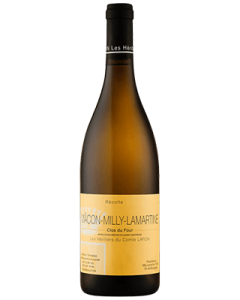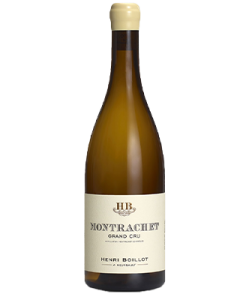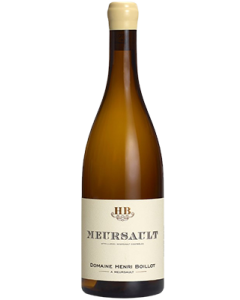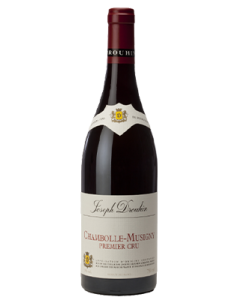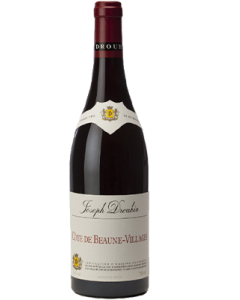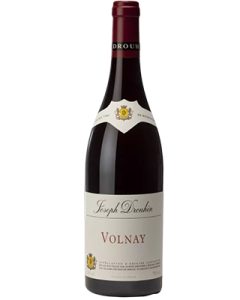A Wine Cellar guide to Burgundy wines
Burgundy
Old World | Moderate continental climate
Burgundy, located in the central-eastern part of France, produces some of the most complex and sought-after wines in the world. The area under vine spans some 30,000ha and the greatest weather threats are frost and hail.
Burgundy consists of 5 primary wine growing areas, excluding Beaujolais and Châtillonnais. Côte de Nuits and Côte de Beaune are historically recognised as Burgundy’s most important regions and, together, are known as Côte d’Or.
Five Primary Regions
Chablis
The northern-most region of Burgundy; close to Champagne. Chablis is famous for its limestone soils and zesty Chardonnay.
Côte de Nuits
Famous for Pinot Noir, which makes up 80% of the region’s production. Bottlings can cost thousands of Rands per bottle.
Côte de Beaune
This region is very different to its neighbour in the north. It is best-known for its rich, aromatic Chardonnay bottlings.
Côte Chalonnaise
Between the Côte d’Or and Mâconnais, this region offers excellent value Pinot Noir and sparkling Crémant wines.
Mâconnais
This is southern-most region of Burgundy. Mâcon is home to some very good value, well-structured Chardonnays.

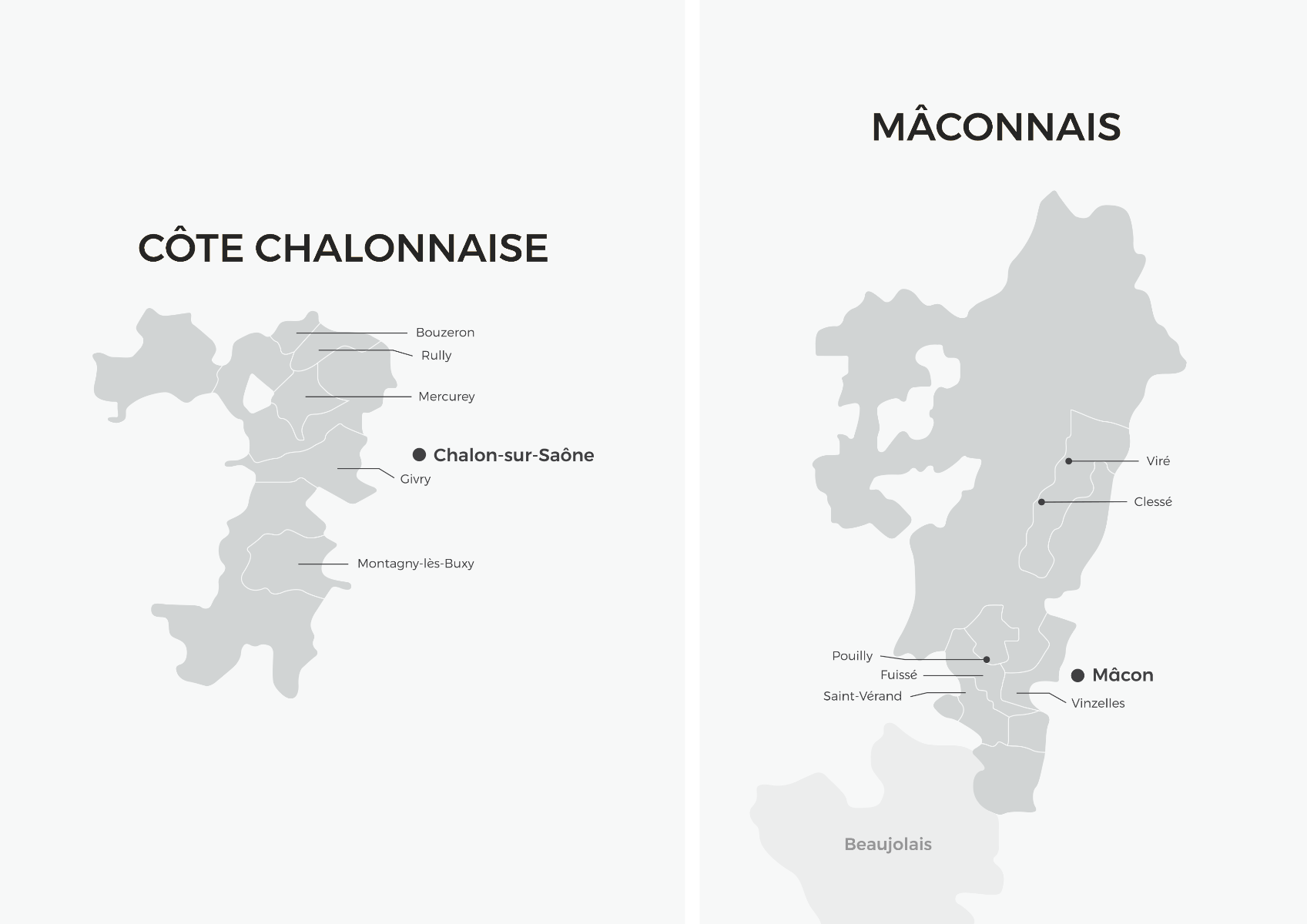

Common white varieties
The key white grape variety is Chardonnay. Varieties like Aligoté, Pinot Gris and Sauvignon Blanc are also permitted. Traditionally, Burgundy whites are barrel aged. They spend more time on the lees, creating richer, fuller wines – with the exception of Chablis, where the whites are far more austere, linear and typically unwooded.

Common red varieties
The key red variety is Pinot Noir. Varieties like Gamay are also permitted. Burgundy’s most coveted and expensive reds are produced from Pinot Noir. Though quality varies widely and inexperienced buyers best beware, fine examples resemble fresh red fruits on the nose, such as cherry and raspberry, along with more savoury, sometimes gamey notes of cured meats and damp mushrooms.
Our recommendations
-
 93JMNew
93JMNew -
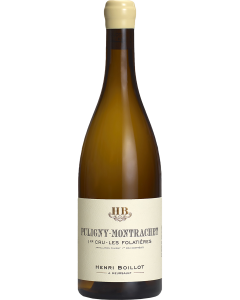 92AM
92AM -
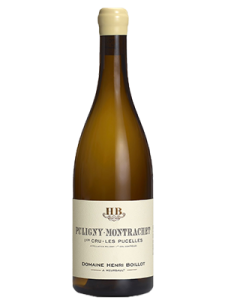 93-96JM
93-96JM -
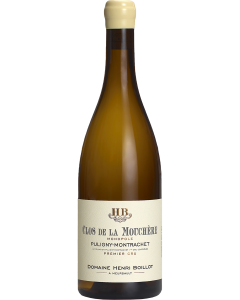 94AMHenri Boillot Puligny-Montrachet 1er Cru Clos De La Mouchère 2021 France, BurgundyR3,295Out of stock
94AMHenri Boillot Puligny-Montrachet 1er Cru Clos De La Mouchère 2021 France, BurgundyR3,295Out of stock -
 96JS
96JS
Classification
Burgundy’s classification system is possibly the most perplexing. A wine’s status is not determined by the reputation of the producer but rather the sub-regions and vineyard sites from which the grapes originate.
Grand Cru
Highest designation of the top-end reds and whites. Typically, they are labelled according to the vineyard name only, e.g. Montrachet Grand Cru.
Premier Cru
Recognised by a village name followed by a vineyard name, e.g. Chassagne-Montrachet.
Village/Commune
From villages that are considered to be of a higher quality. The village or commune is always stated on the label.
Bourgogne
Regional entry-level wines. If you know what to look for, you’ll find some excellent value Bourgogne rouge and blanc at this level.
Domaine Jean-Claude Ramonet
Maison Joseph Drouhin
Did you know?
Pinotage is a South African-born variety. It was created in the 1920s by crossing Pinot Noir and Cinsaut and has given rise to the Cape Blend, which is generally made from Bordeaux varieties along with a small percentage of Pinotage.

